Why Rent a 4×4 for Safari in Uganda?
Uganda is known as the “Pearl of Africa” for good reason: dense tropical jungles, dramatic mountains, savannah grasslands, rivers, swamps, and wildlife like gorillas, chimpanzees, elephants, lions, etc. Much of the terrain in national parks, reserves, and remote areas is rough, muddy (especially in rainy season), steep, and sometimes track‑only. Paved roads often end at park headquarters. To go deeper, you need a vehicle with high ground clearance, strong 4‑wheel drive, rugged suspension, reliable off-road capability, and enough space for people + gear. Booking a good 4×4 safari car rental in Uganda not only makes it possible to reach remote spots but also adds comfort and safety.
Types of 4×4 Safari Vehicles Available & Comfort Features
When you rent a car in Uganda, you’ll usually see several classes of 4×4 safari vehicles. Key features to compare:
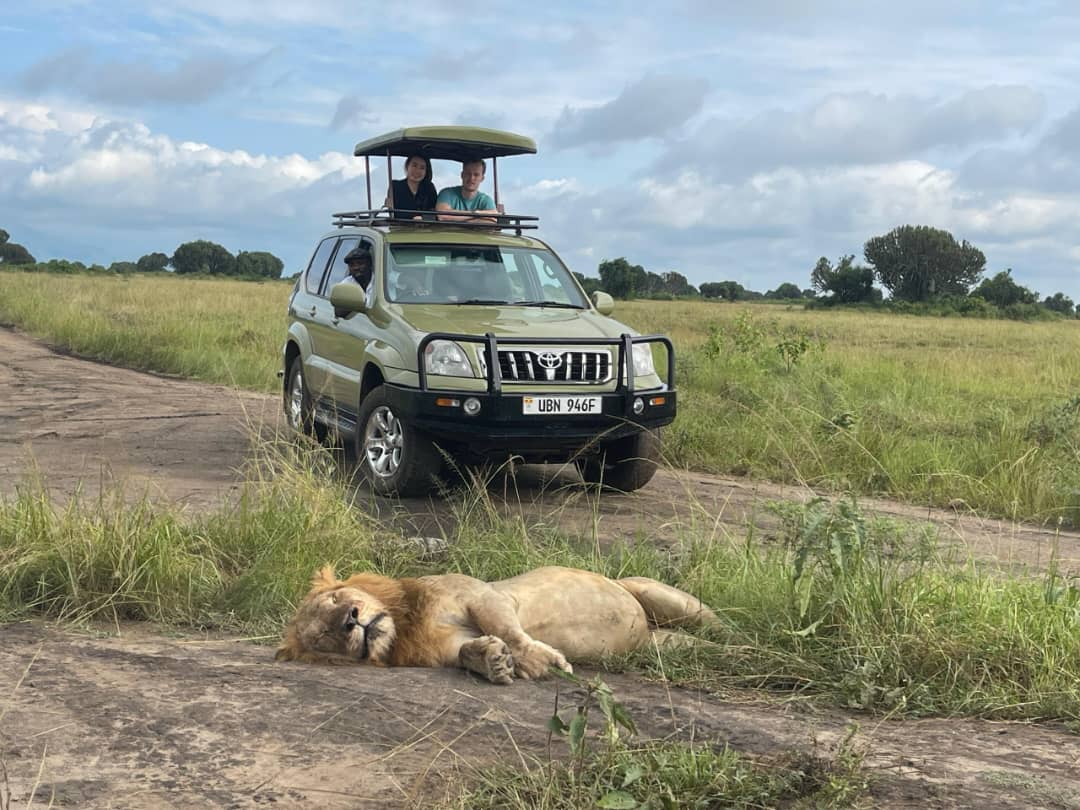
| Vehicle Model / Type | Passenger Capacity | Off-road Capability | Comfort / Style Features |
|---|---|---|---|
| Toyota Land Cruiser (full‑size) (GX, VX, V8, Hardtop) | ~5‑8 or more | Excellent: very rugged, dependable, built for harsh terrain. Handles mud, steep inclines, rough tracks. | Options often include pop‑up or “roof‑top” viewing roofs, air conditioning, strong suspension, large cargo space, good legroom. Some extended versions can seat more. |
| Land Cruiser Prado, RAV4, etc. (mid‑size 4×4 / SUV) | ~4‑5 | Good for less extreme tracks, can still go off-road if conditions aren’t too harsh. | More fuel efficient, easier to drive, still comfortable with AC, decent cargo; may have pop-up roof for wildlife viewing. |
| Safari Vans / Minibuses (e.g. Hiace, Super Custom) | ~9‑14+ | Less rugged than purpose‑built SUVs, but okay for many park tracks, especially in dry season, if raised or converted. | More space for group travel, storage, sometimes roof visibility features, more “social” seating, more luggage capacity. |
| Specialized Vehicles: roof‑top tents, pop‑up roofs, extended Land Cruisers | varies | Same off-road ability depending on base vehicle; added gear means heavier loads but vetted rentals usually adjust. | Huge style & experience bonus: sleeping under the stars, being so close to wildlife for photography, hassle‑free setups in camps. |
What You’ll Pay: Costs & Budgeting
Understanding typical costs helps you plan better. The following are ballpark figures based on recent supply in Uganda.
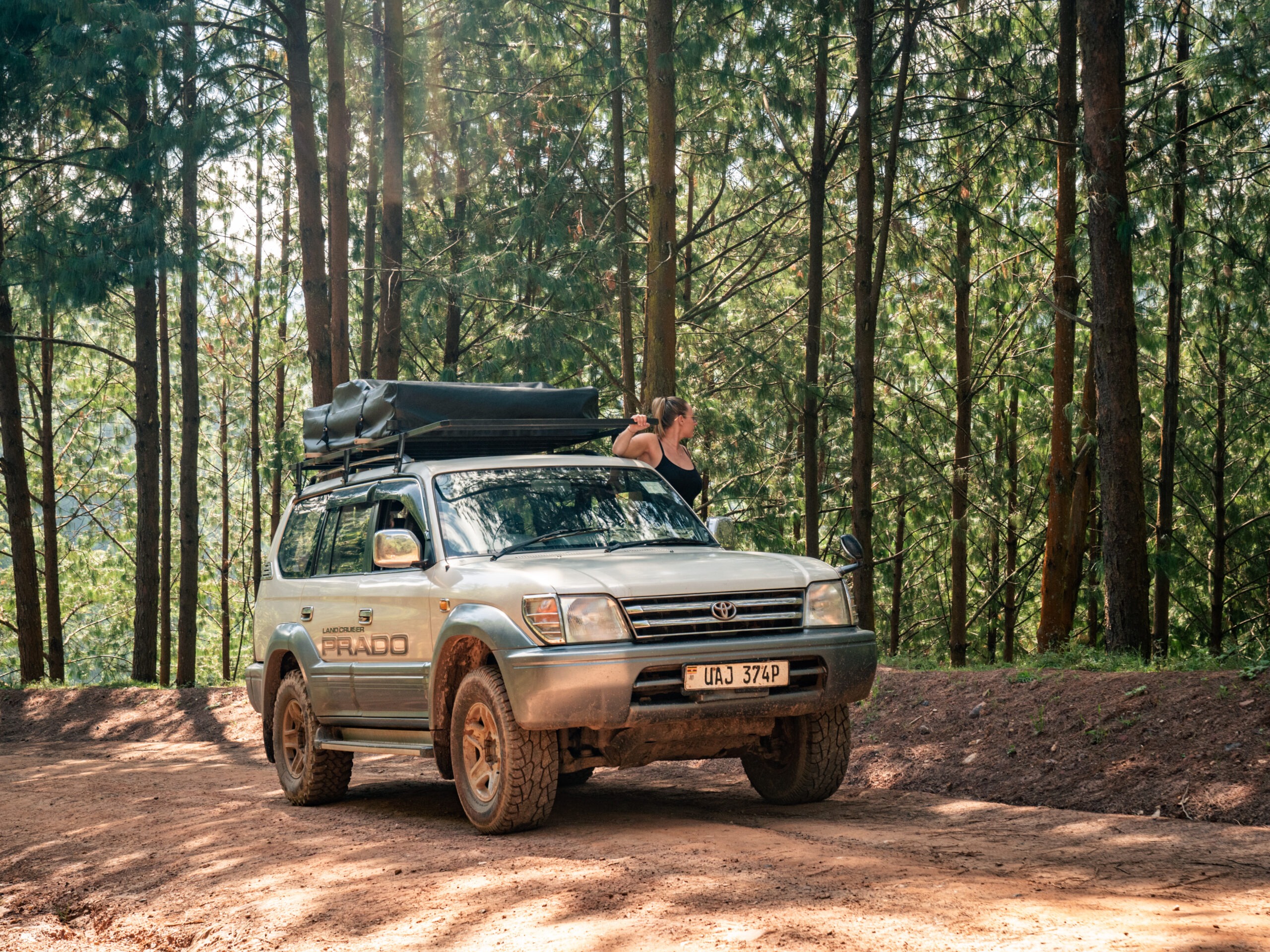
| Cost Component | Typical Range / Examples |
|---|---|
| Daily 4×4 Rental | For a good 4×4 (Land Cruiser style) expect around US$90‑200/day depending on model, extras (pop‑up roof, gear), whether you include driver, etc. |
| Mid‑size SUVs (Prado, RAV4, etc.) | Often lower: maybe US$50‑100/day for self‑drive in less extreme terrain. |
| Roof‑top tent / camping gear add‑ons | Some rentals include it; others charge extra: maybe US$10‑15/day or more depending on what’s included. |
| Fuel | Off-road use + long drives = significant fuel consumption. Diesel 4×4s might do ~8‑12 km per liter depending on load & terrain; fuel cost can add up. |
| Insurance, Permits, Park Fees | You’ll need proper insurance (often included but check for excess), permits to enter parks, vehicle park fees, sometimes cross‑border paperwork if going into neighboring countries. These are extra. |
| Driver/Guide Option | Hiring a driver/guide increases cost, but adds local knowledge and navigational help. Good value especially in remote areas. |
| Seasonal Variation | Peak seasons (dry season, gorilla tracking times) see higher demand thus higher prices, and fewer vehicles available. Off‑peak gives more room to negotiate. |
Comfort & Style: What Makes the Difference
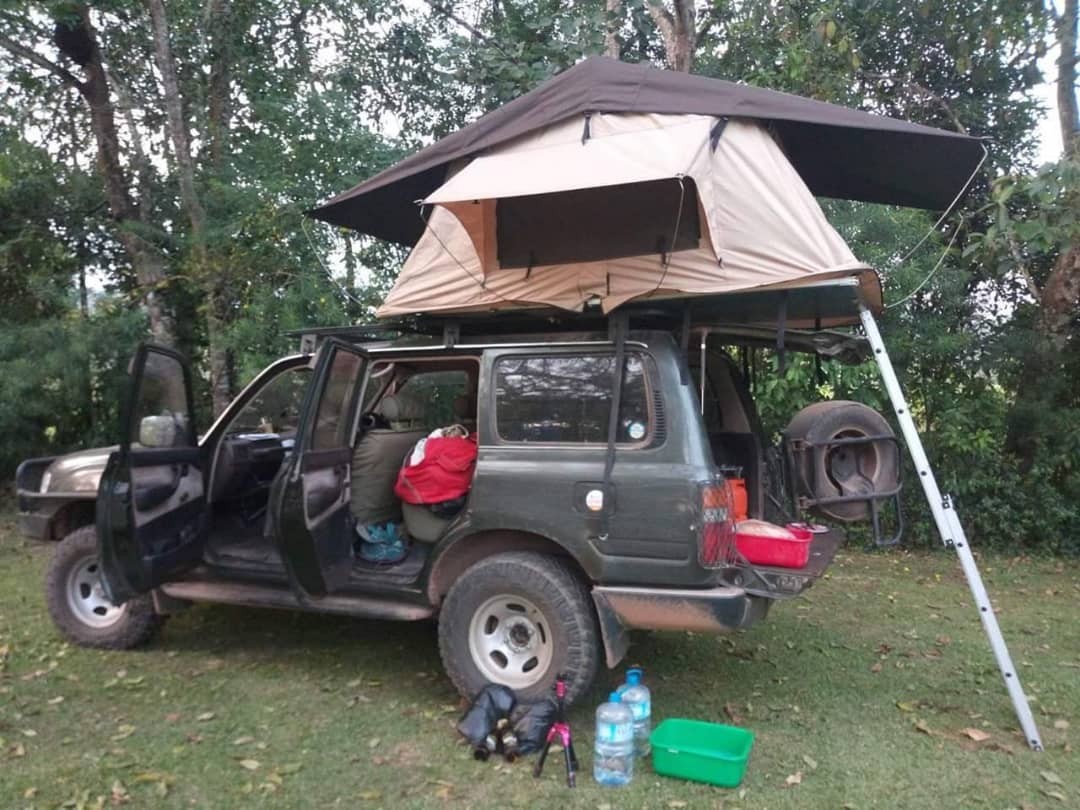
If you want more than just “can survive”, and instead want to travel in comfort and style, here are the features to watch for:
- Pop‑up roof / open or panoramic roof windows: Great for game viewing, photography; visibility increases and wildlife isn’t obscured by glass. Land Cruisers with pop‑up roofs are very popular.
- Air conditioning / climate control: Very important in tropical climates, in lower elevations where temperatures can get high during daytime.
- Good suspension, shock absorbers: To smooth out the rough tracks.
- Spacious interiors: For longer drives, you need room for legs, luggage, cameras, maybe cooler boxes, etc.
- Extras: USB / charging ports, fridges / cool boxes, roof‑racks, camping gear (e.g. roof‑top tents), recovery gear (spare tire, jack, etc.).
- Cleanliness and maintenance: A well‑serviced vehicle makes a big difference. Brakes, tires, electricals, etc., should all be in good order. Avoid vehicles that look like they’ve been abused.
- Local guide or driver familiar with terrain: Even if you’re self‑driving, having someone with knowledge of local conditions (road closures, river crossings, which tracks are passable) is invaluable.
What to Look Out For / “Gotchas”
To avoid disappointments:
- Read the contract carefully
What’s included vs excluded: mileage limits, fuel, driver’s fees, insurance, cross‑border permissions, deposit, what happens in case of breakdown. - Inspect vehicle before accepting
Document any existing damage (scratches, dents, mechanical). Check tires, underbody, lights, windows. Ask about condition of spare tire and tools. - Check availability in peak season
Many companies sell out. If you have fixed dates (especially for gorilla tracking or during holidays), book well ahead. - Understand fuel logistics
Gas stations may be sparse in remote / park areas. Carry jerry cans if allowed. Estimating fuel needs with buffer. - Permits & park fees
Know in advance what permits (for parks, cross‑border) cost, and whether the vehicle is allowed. Park fees might differ for vehicle type. - Safety & backup
Do you have roadside assistance? What’s the breakdown policy? Will you have phone coverage? - Weather & road conditions
Rain season (usually March‑May, September‑October) can make some dirt roads almost impassible. That affects vehicle choice and rental cost.
Sample Itineraries & What Vehicle Suits Each
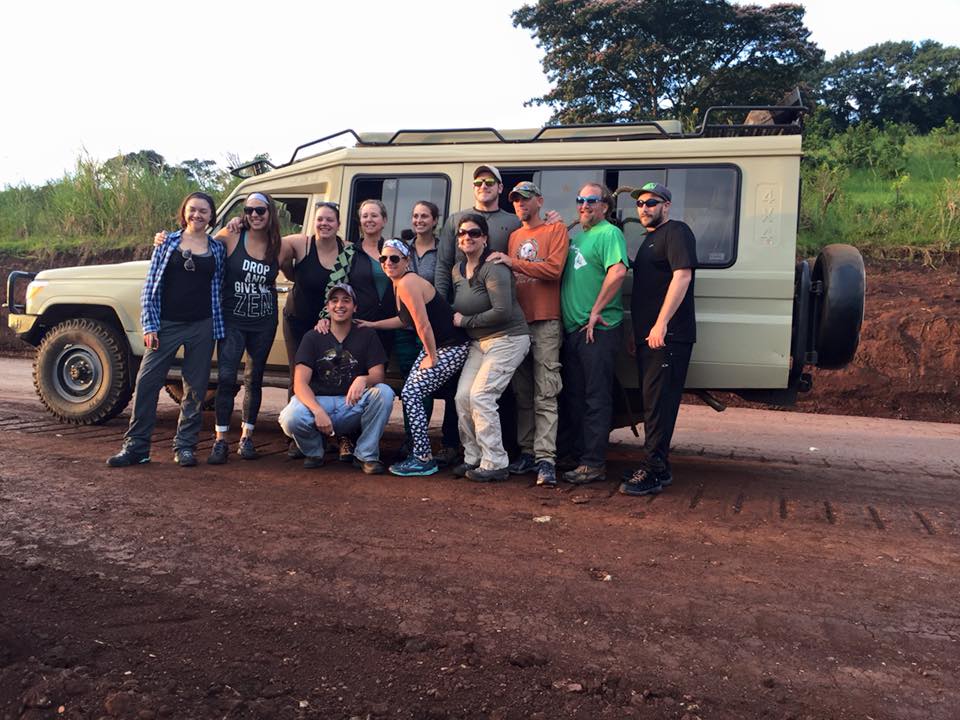
- Short Game Drives (1‑2 days) around Queen Elizabeth, Murchison Falls, etc.: Mid‑size 4×4 or Land Cruiser Prado works well—less gear, fewer nights.
- Multi‑day Camping & Remote Parks (e.g. Kidepo Valley, Northern parks, Gorilla / chimp tracking): Go for full‑size Land Cruiser with roof‑top tent or vehicles equipped for extended off-road, large fuel tank, good clearance.
- Group Travel / Photography Teams: Extended Land Cruisers or safari vans/minibuses allow more people, more photography equipment, more comfort for long hours on the road.
Conclusions
A 4×4 safari car rental in Uganda offers a unique blend: access to beautiful wild places + comfort, if you choose wisely. Paying a little more for better equipment, reliable vehicles, and driver knowledge often pays off significantly in enjoyment, safety, and minimizing logistical headaches.
Ready to Hit the Road?
Whether you’re planning a self-drive safari, a guided expedition, or an off-the-beaten-path adventure through Uganda’s untamed national parks, choosing the right 4×4 safari vehicle is your first step toward a memorable journey. With the perfect blend of comfort, ruggedness, and style, your road trip across the Pearl of Africa can be as thrilling as the destinations themselves.
Start your safari adventure today with Uganda Car Rental Services—a trusted local provider offering reliable 4×4 vehicles, expert advice, and flexible rental options to suit your travel plans.
Email: info@ugandacarrentalservices.com
Call or WhatsApp: +256-700135510
Let the wild call—explore Uganda in comfort and style behind the wheel of a rugged 4×4. Your next safari starts now!
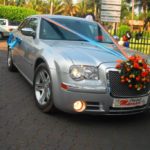
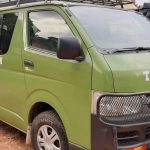
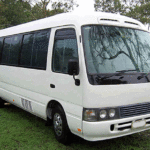
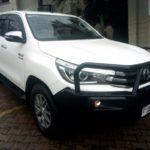
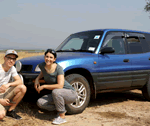
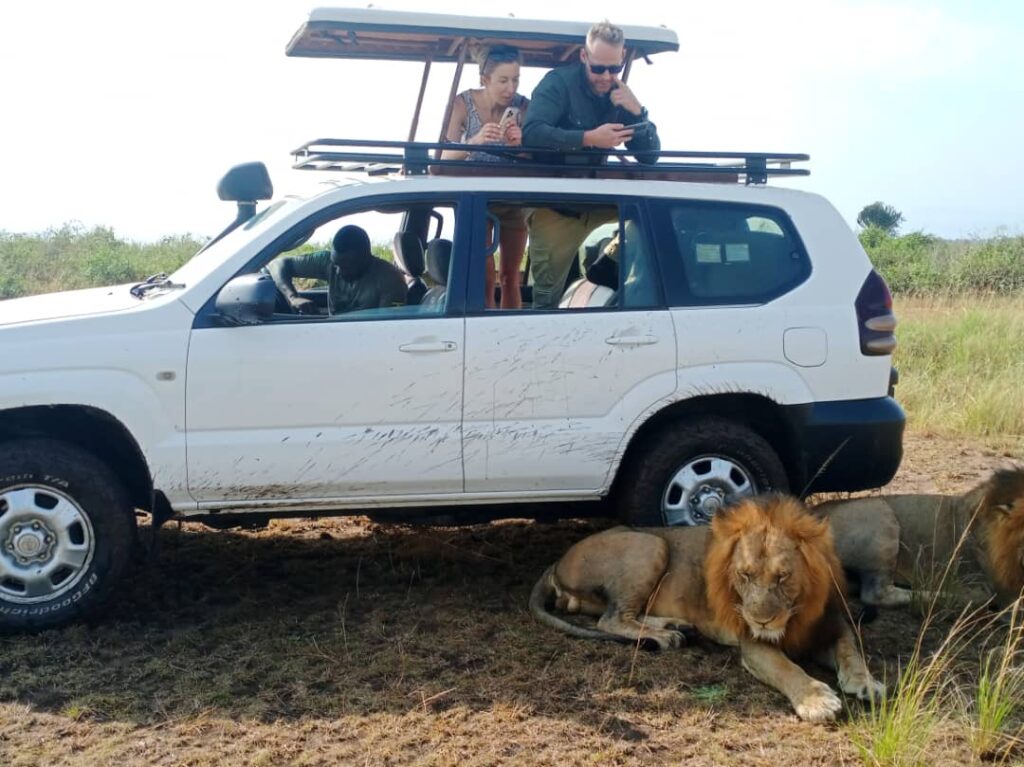
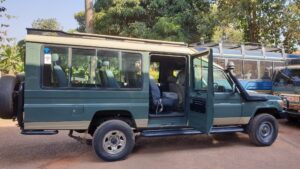
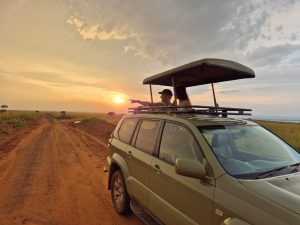
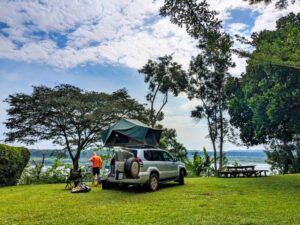
Related Articles
The Top 6 Special Cars For Hire In Uganda & Rental Prices
Best Time to Visit Uganda for Safaris: Month-by-Month Guide
Why Choose a 4×4 Car Rental in Uganda for Your Safari Trip